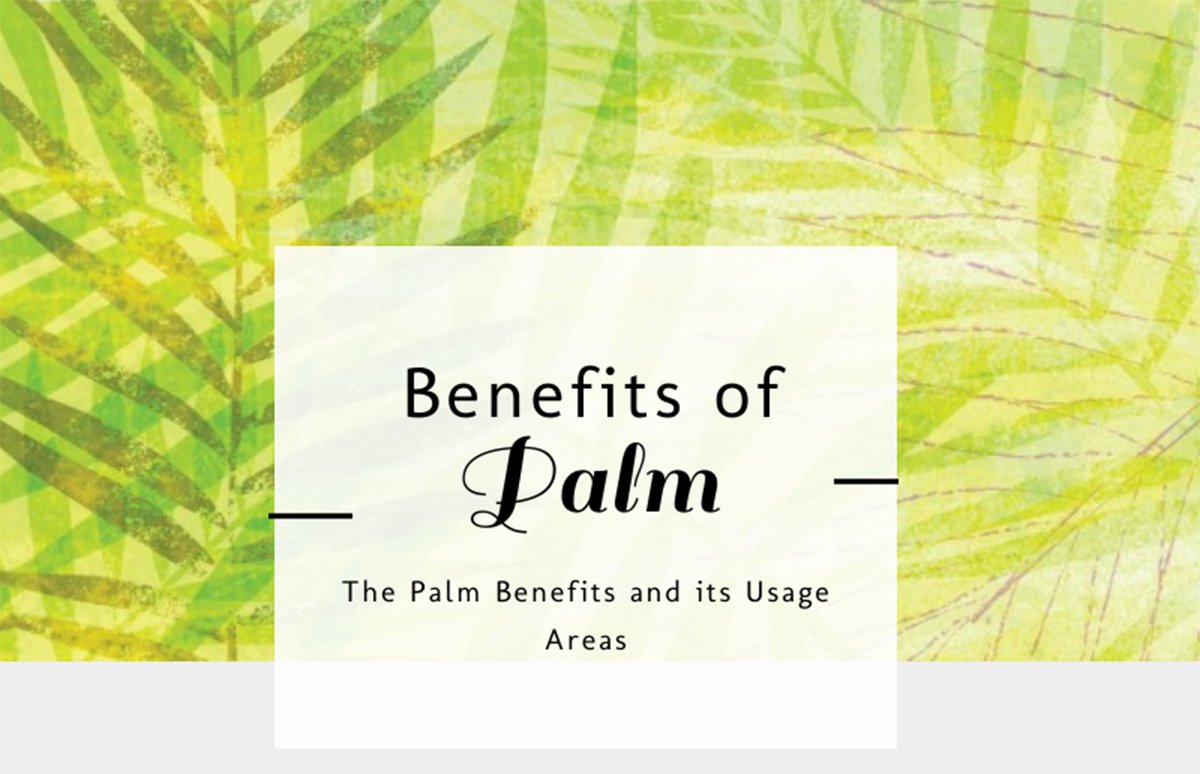Here we going to learn more about palm uses, composition, benefits and etc., If you want to know more visit Russalgear, it will provide you with lots of red palm oil uses.
Examples of the use of red palm oil include:
Vegetable oil – Like coconut oil, palm oil is heat resistant compared to other vegetable oils. It is stable, that makes it easy to store at room temperature for many months.
Q3 2019 hedge fund letters, conferences and more
Tasty ingredient - palm oil is used as an ingredient in soups and sauces or as a flavor in some dishes.
Dietary supplement - palm oil has an excellent nutritional profile, which makes it useful for supplements.
Personal hygiene products and household goods - it is added to soap and detergents, cosmetics and other household goods.
Moisturizing cream for the skin - thanks to its dense nutritional composition, it is beneficial for healthy skin. It is added to several skincare products.
Sunscreen - High in carotene, red palm oil protects a commercial sunscreen with SPF15, but without hazardous ingredients.
Biofuel - palm oil quickly becomes a resource for biodiesel and as a fuel for power plants. There are only few number of palm oil disadvantages.
Composition
Palm oil contains about 50 percent saturated fats (most of which are oleic acid), 40 percent monounsaturated fatty acids (MUFA), and 10 percent polyunsaturated fatty acids (PUFA). Palm oil takes on a reddish color from carotene beta-carotene and lycopene, the same nutrients that give the color of carrots and tomatoes. Its carotene level is 15 times higher than that of carrots and 300 times higher than that of tomatoes.
That's why palm_oil is considered the best source of beta-carotene and alpha-carotene, which are precursors of vitamin A. Palm oil contains 20 other carotenes, as well as the following nutrients:
- Vitamin E, especially tocotrienol
- Vitamin K
- CoQ10
- Squalene
- Phytosterols
- Flavonoids
- Phenolic acids
- Glycolipids
Palm oil benefits
The tocotrienols found in palm oil also help protect the heart from stress, which suggests its protective properties against heart disease. Other cardiovascular benefits associated with consuming palm oil include:
- Free radical damage and inflammation reduction
- Blood circulation improvement
- Level regulation of cholesterol
- Lowering blood pressure
Studies show that the antioxidant properties of palm oil help prevent various types of cancer. According to the data obtained, tocotrienols exhibit their powerful antioxidant properties and help in suppressing the development of the skin, stomach, pancreas, lungs, liver, breast, prostate, colon and other cancers. Regular vitamin E cannot accomplish this.
It has also been found that the supply of antioxidants in palm oil helps prevent neurological degeneration by stopping free radicals that damage the brain and nerve tissue and promotes blood circulation, which increases your protection against diseases such as dementia, Alzheimer's disease, Parkinson's disease, and other mental conditions.
Additional evidence also suggests that palm oil can help boost immune function and enhance the health of bones, eyes, mouth, lungs, skin, and liver. Like fatty oil, palm oil helps to get energy and improves the absorption of fat-soluble nutrients such as vitamins A, D, and E.
How to make palm oil
In small and large operations, four basic steps are followed to create palm oil:
- Separation of the fetus from its cluster (palm fruits grow in clusters)
- Softening fruit pulp
- Fruit Oil Extract
- Oil cleaning
Unfortunately, the quality of palm oil changes and deteriorates during the cleaning process. Some manufacturers use refining processes that turn the oil into white - this means that the oil is deprived of most of its nutritional properties.
How does red palm oil work?
Palm oil is primarily used edible oil. It is recommended to use unrefined red palm oil so that you feel its beneficial properties. However, it has a strong taste that some people do not like. Directly applying palm oil to the skin is also very beneficial. Injuries such as sunburns, bruises, and cuts also heal faster with palm oil.




